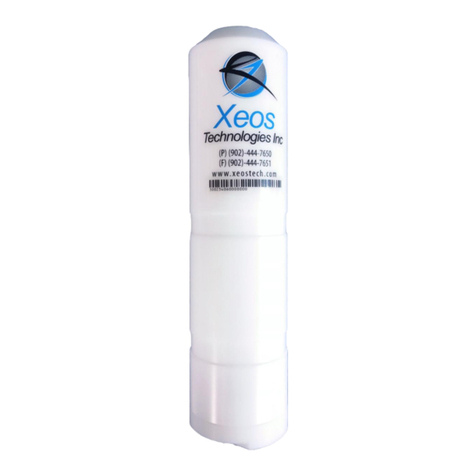
Resilient User Manual Version 2.0 3
Table of Contents
Shipped From.................................................................................................................................. 2
Contact Us....................................................................................................................................... 2
Specifics........................................................................................................................................... 2
Version History................................................................................................................................ 2
General Description ........................................................................................................................ 5
Theory of Operation........................................................................................................................ 5
Preliminary Setup............................................................................................................................ 6
Outside Diagram......................................................................................................................... 6
Setting up an Iridium Account.................................................................................................... 6
Quickstart........................................................................................................................................ 8
Before using the Resilient .......................................................................................................... 8
Power-Up.................................................................................................................................... 8
Battery Installation ................................................................................................................ 8
Magnet................................................................................................................................... 8
Confirm Transmission................................................................................................................. 8
Operation ................................................................................................................................... 8
Understanding Position Information .............................................................................................. 9
Iridium Doppler position ............................................................................................................ 9
Global Positioning System........................................................................................................ 10
On/Off Modes............................................................................................................................... 11
Using the Magnet..................................................................................................................... 11
LED Indicators........................................................................................................................... 11
Tracking with XeosOnline ............................................................................................................. 12
Remote Configuration of the Resilient .................................................................................... 13
Xeos Beacon Bluetooth App ......................................................................................................... 13
Configuration of the Resilient....................................................................................................... 14
Resilient Timer Intervals ............................................................................................................... 15
Timer Command....................................................................................................................... 15
Changing the Timers............................................................................................................ 16
Watch Circle.................................................................................................................................. 17
Enabling the Watch Circle ........................................................................................................ 17





























